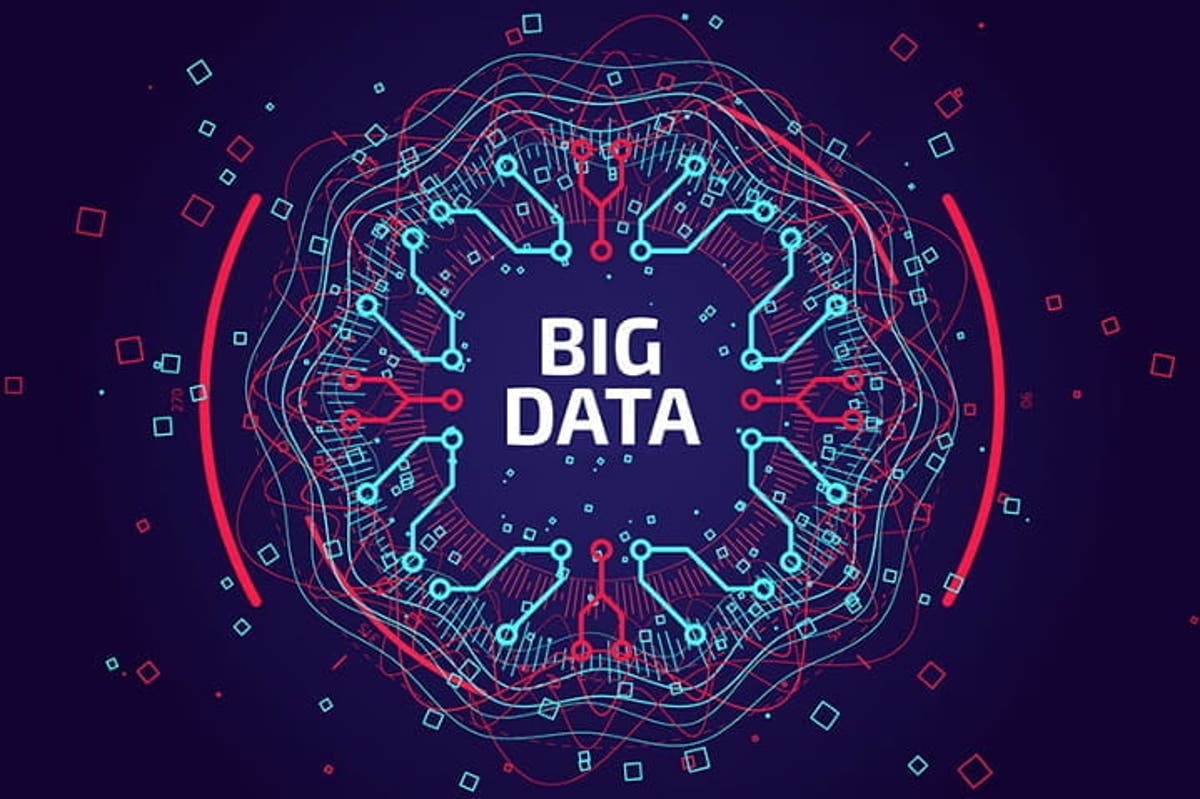
BIG DATA
Data that is high volume, high velocity and high variety must be processed with advancedtools (analytics and algorithms) to reveal meaningful information. Because of thesecharacteristics of the data, the knowledge domain that deals with the storage, processing,and analysis of these data sets has been labeled Big Data.
WHAT ARE THE 7 Vs OF BIG DATA?
VOLUME
Refers to the vast amounts of data generated every second. This sheer scalerequires special technologies to store, manage, and analyze the data.
VELOCITY
The speed at which data is generated, collected, and analyzed. This aspectemphasizes the need for real-time or near-real-time processing to make timely decisions.
VARIETY
The different types of data sources and formats, such as structured data (likedatabases), unstructured data (like text, images, videos), and semi-structured data (likeXML, JSON).
VERACITY
The quality and trustworthiness of the data. With large volumes of datacoming from diverse sources, ensuring accuracy and reliability becomes a significantchallenge.
VALUE
The potential insights and benefits that can be derived from analyzing big data.It's about turning raw data into meaningful information that can drive business decisions.
VARIABILITY
The inconsistencies and variations in data flow rates, leading to peaks andtroughs in data generation. It also refers to the changeability in the meaning of the data overtime.
VISUALIZATION
The techniques and tools used to represent the data in a way that isunderstandable and actionable for users. This involves using charts, graphs, dashboards,and other visual formats to convey insights effectively.
